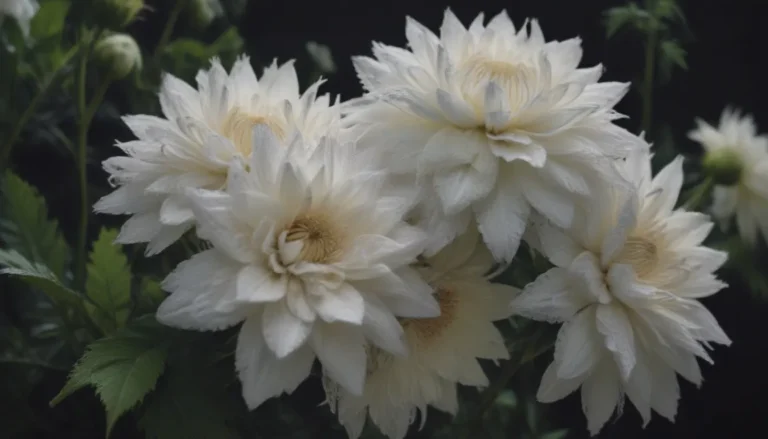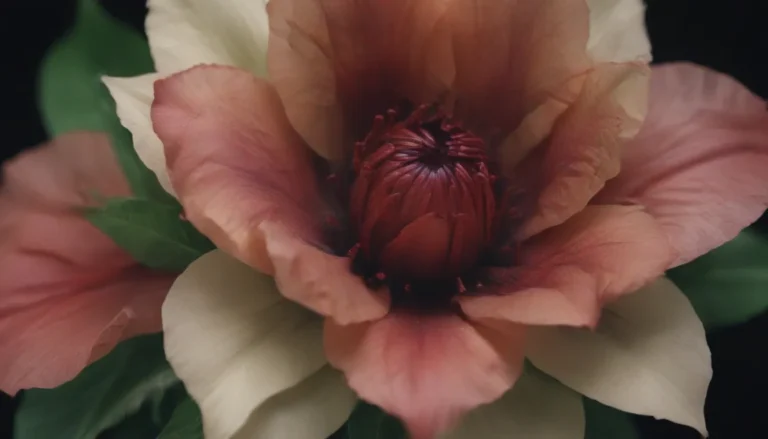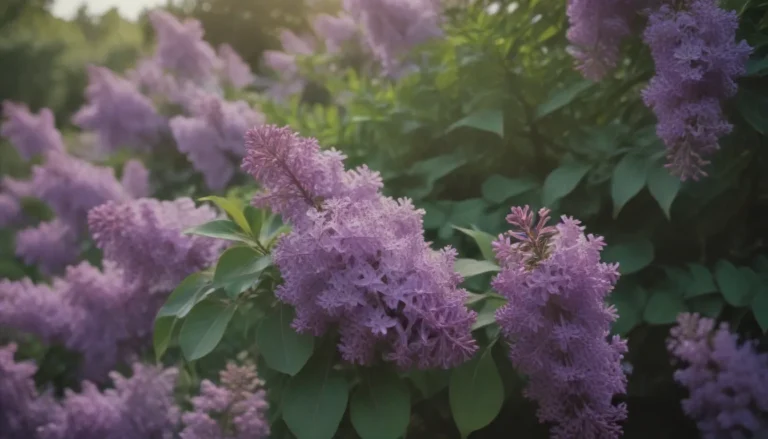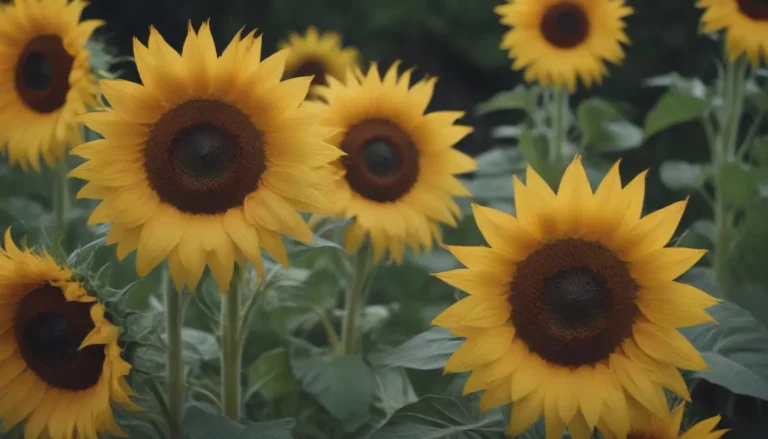The Ultimate Guide to Growing and Caring for Edelweiss Flowers
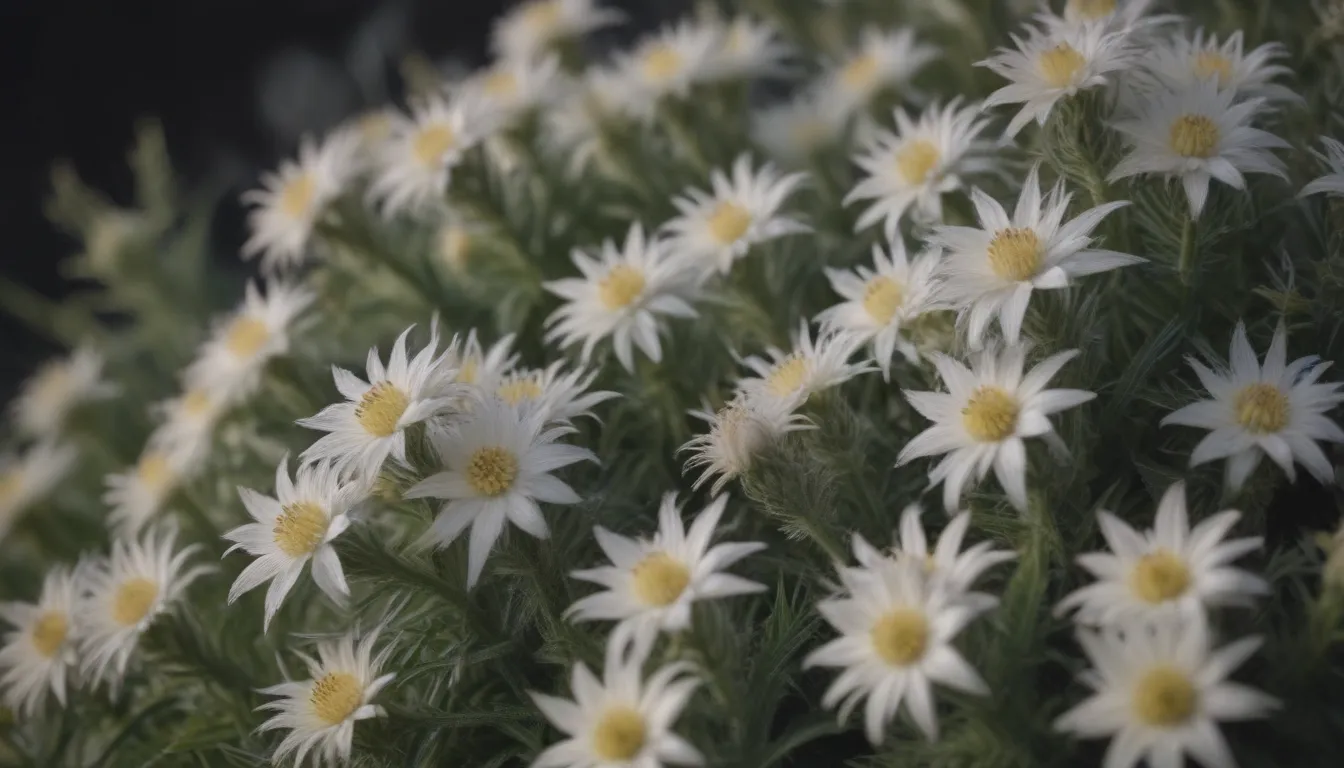
Welcome to the ultimate guide on how to grow and care for the beautiful and unique Edelweiss flowers. Edelweiss is famous for its lance-shaped, wooly foliage and white, star-shaped flowers. This plant is commonly associated with the European Alps, but it is actually native to the Himalayas and Siberia. Edelweiss is a tough plant that thrives in harsh environments, such as rocky, poor soil, cold temperatures, and high winds. In this comprehensive guide, we will cover everything you need to know about growing and caring for Edelweiss flowers, from planting to propagation and beyond.
A Brief Introduction to Edelweiss
These little flowers are naturally found growing in many Alpine countries at high altitudes. Edelweiss is a slow grower, typically beginning to flower in its second year. It makes an excellent addition to rock gardens. If you’re looking to add a touch of elegance and beauty to your garden, Edelweiss is the perfect choice. Plant Edelweiss in early spring to allow it the entire growing season to get established and thrive.
Edelweiss Care: Tips and Tricks
Edelweiss flowers are relatively easy to care for, but they do have specific requirements to ensure they thrive. Here are the main care requirements for growing Edelweiss:
Light
- Edelweiss flowers do best in full sun.
- They can also be grown underneath taller plants to provide some protection from the elements and dappled sunshine.
Soil
- Well-draining soil is essential for Edelweiss plants.
- They prefer nearly neutral pH levels between 6.5 and 7.5.
- A mix of compost, sand, grit, and peat moss is ideal for growing Edelweiss flowers.
- Edelweiss also thrives in rocky, limestone soils.
Water
- Edelweiss flowers do not require additional water once established.
- These plants are naturally found in arid conditions and do not tolerate soggy soil.
- Water sparingly, especially during the first year of growth.
Temperature and Humidity
- Edelweiss plants are built to withstand low temperatures and high winds.
- They thrive in USDA hardiness zones 4 to 7 and do not do well in hot, humid climates.
Fertilizer
- Edelweiss rarely requires fertilizer and often does better without it.
- These plants are accustomed to poor, rocky soils and do not need much additional nourishment.
Pruning
- Edelweiss does not require any pruning.
- Remove spent flowers after blooming if you wish to prevent reseeding.
Propagating Edelweiss
- Propagation is primarily done through division.
- Divide Edelweiss every few years to keep them growing vigorously.
How to Grow Edelweiss From Seed
Starting Edelweiss from seed is a simple process. Whether you’re planting outdoors or indoors, follow these steps to ensure successful germination:
- Sow seeds outdoors before the last frost or stratify indoors in the refrigerator for three weeks.
- Provide well-draining soil and plenty of light for seedlings to thrive.
Potting and Repotting Edelweiss
Edelweiss grows well in containers with adequate light and well-draining soil. Here’s how to pot and repot Edelweiss plants:
- Use containers with drainage holes to prevent waterlogging.
- Repot plants only when they outgrow their current container, and handle roots gently when transplanting.
Overwintering
- Edelweiss flowers are hardy and do not require much attention during the winter.
- Allow snow to insulate the plants or add a layer of mulch for protection.
Common Pests & Plant Diseases
Edelweiss is a hardy plant that is resistant to most pests and diseases. However, crown rot can be a problem in overly moist soils. Follow these tips to prevent and treat crown rot:
- Plant Edelweiss in well-draining soil.
- Remove fallen foliage and amend soil with organic matter to improve drainage.
How to Get Edelweiss to Bloom
Edelweiss blooms mainly in June and July, with intermittent blooming throughout late spring and summer. To encourage more blooms, ensure the right growing conditions and proper care. Deadheading will not extend the bloom period.
Recommended Companion Plants
- Gentiana acaulis
- Thymus serpyllum
- Juniperus squamata ‘Blue Star’
- Calluna vulgaris
- Campanula poscharskyana
- Scilla cretica
- Myosotis sylvatica
In conclusion, Edelweiss flowers are a beautiful addition to any garden, with their unique appearance and resilience to harsh conditions. By following these care tips and guidelines, you can ensure that your Edelweiss plants thrive and flourish for years to come. Whether you’re a novice gardener or a seasoned expert, growing Edelweiss is a rewarding experience that will bring beauty and elegance to your outdoor space.
Remember to provide plenty of light, well-draining soil, and minimal water for your Edelweiss plants to bloom and thrive. With the right care and attention, you can enjoy the beauty of these unique flowers in your garden year after year. Happy gardening!

